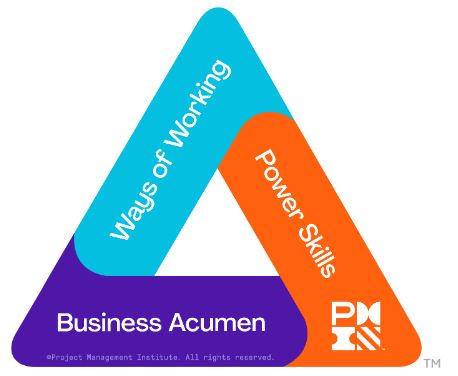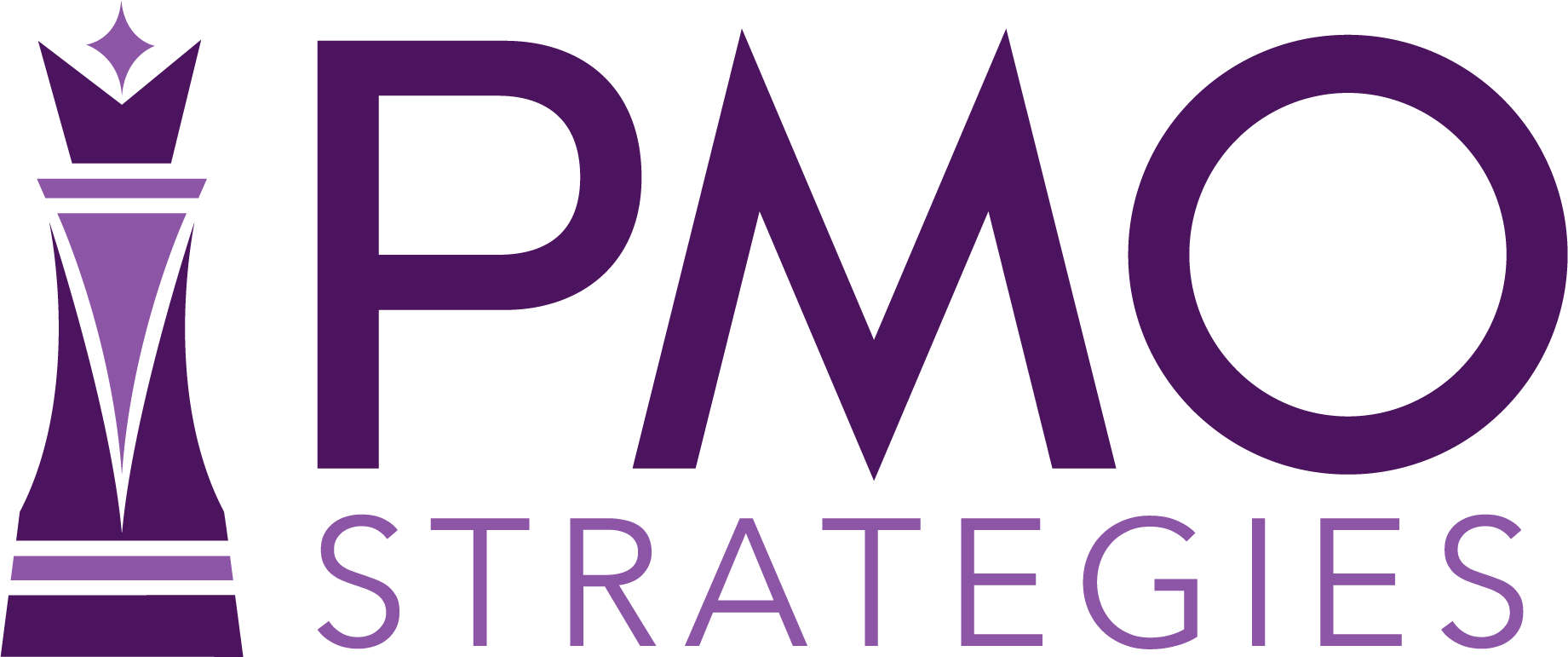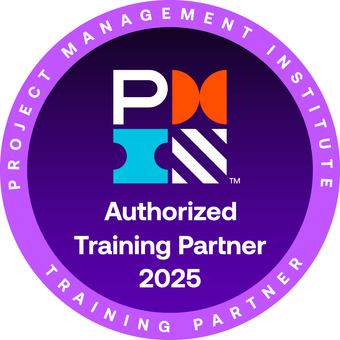Welcome to the PMO Strategies Podcast + Blog, where PMO leaders become IMPACT Drivers!

PMI Talent Triangle: Ways of Working
If the measure of success is “on time and on budget,” then why are so many projects still seen as failures?
Most of the time, the team didn’t miss the milestone. But the outcome missed the mark. Strategic execution fails when the system guiding the work doesn’t align with what the business actually needs.
In this episode of the PMO Strategies Podcast, Kevin Torf shares how high-performing delivery teams lead large-scale, complex programs without getting buried in red tape, rework, or rigid process. His PROJECTS framework shows how structure, adaptability, and real ownership come together to get the job done—with outcomes executives actually care about.
The Triple Constraint Doesn’t Earn Trust
In most project environments, success is defined by three things: time, cost, and scope. Deliver on schedule, stay within budget, and hit the agreed-upon requirements—and the project is marked complete.
That model is called the triple constraint, and it’s been the gold standard for decades.
But executives don’t define success by how well you followed the plan. They want to know whether the result moved the business forward.
When your dashboard stops at time, cost, and scope, you’re only telling part of the story.
Structure Makes or Breaks Execution
When timelines slip or outcomes miss the mark, it’s rarely because teams don’t care or aren’t capable. It’s because the system they’re working in doesn’t support what they’re being asked to deliver.
Without clear roles, decisions get stuck. Without the right governance, delivery slows down. Without consistent standards, progress becomes reactive.
That’s why Kevin created the PROJECTS framework—to give organizations a way to execute with clarity, empower teams without losing control, and keep the work focused on outcomes instead of activity.
The 8 Drivers Behind Getting the Job Done
The PROJECTS framework is built to help organizations deliver complex work with structure, focus, and accountability—even when the environment is unpredictable.
Each part of the acronym represents a critical driver that keeps execution aligned to outcomes.
1. Plan
Set a direction without over-engineering. Planning isn’t about building a perfect blueprint. It’s about giving teams just enough structure to move forward with purpose, while leaving space to adapt as things evolve.
2. Reflect
Build in checkpoints that create real alignment. Reflection is where improvement happens. It gives the team a moment to pause, check progress against outcomes, and course-correct before small problems grow.
3. Organize
Set up the structure that supports delivery. Clear roles, decision rights, and escalation paths prevent confusion and keep everyone focused on execution instead of chasing answers.
4. Juggle
Handle competing priorities with control. Work rarely happens in a straight line. This step is about reducing multitasking, managing context switching, and helping teams maintain flow—even in chaos.
5. Empower
Give the team ownership of the “how.” Empowerment only works when it’s supported by trust and structure. Teams need clarity on outcomes and the room to lead their path toward results.
6. Communicate
Connect the work to context at every level. This isn’t about status updates. It’s about making sure everyone understands what matters, why it matters, and how their role fits into the bigger picture.
7. Teamwork
Make collaboration the norm. Silos kill momentum. Kevin emphasizes the importance of cross-functional alignment so the entire delivery system moves as one team—not as disconnected functions.
8. Standards
Create consistency without slowing people down. Standards help teams align, but they should never get in the way. The goal is to support scale and repeatability without adding unnecessary weight.
Kevin describes this framework as a way to bring intentionality back into delivery—not by introducing something new, but by creating structure around the things we already know to make a difference.
Empowerment Without Structure Isn’t Empowerment
One of the most common breakdowns Kevin sees isn’t about tools or training. It’s what happens when teams are told they’re empowered but aren’t given the structure to act with confidence.
In large programs, delays often come from indecision. Not because people are unwilling to move, but because they don’t know who’s responsible for what, how decisions are made, or where their authority begins and ends.
Kevin challenges leaders to define decision rights early. That means clarifying roles, escalation paths, and where autonomy is expected—not just allowed.
This isn’t about control. It’s about speed. When people understand how the system supports them, they stop waiting and start delivering.
Structure Is What Drives Delivery
The gap between planning and performance isn’t always about execution. More often, it’s about the system underneath—the one that’s supposed to connect strategy, roles, decisions, and results.
That’s what the PROJECTS framework helps fix.
It gives teams a foundation that supports action. It helps leaders stay out of the weeds without losing control. And it turns structure into a competitive advantage, not a bottleneck.
🎧 Click play above to hear how Kevin helps organizations lead execution with clarity, accountability, and momentum—and how you can do the same.
 Connect with Kevin
Connect with Kevin
P.S. The IMPACT Insiders Book Club is so much more than reading a book—it’s a movement. Join us for live calls, deep conversations, and a behind-the-scenes look at how to create real change with The IMPACT Engine. It’s completely free—grab your seat now and don’t miss what’s next.
T hanks for taking the time to check out the podcast!
hanks for taking the time to check out the podcast!
I welcome your feedback and insights!
I’d love to know what you think and if you love it, please leave a rating and review in your favorite podcast player. Please leave a comment below to share your thoughts. See you online!
Warmly,
Laura Barnard









